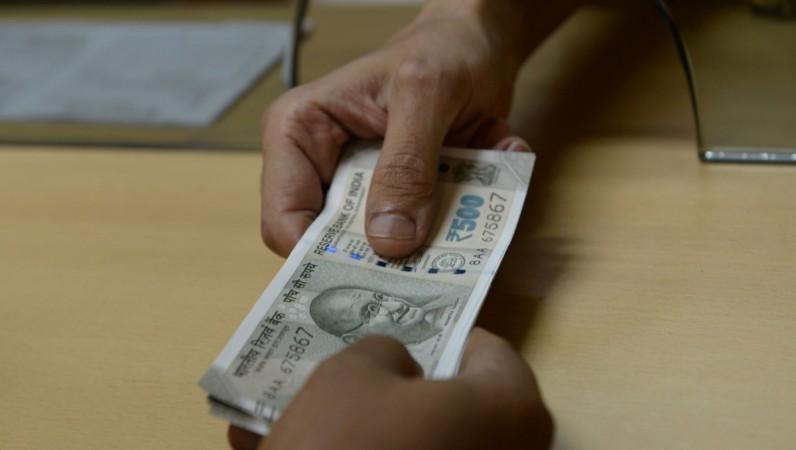
The rupee had weakened to a 16-month closing low of 68.15 per dollar on Tuesday, but after the latest round of suspected central bank support it had bounced back to 67.80, despite the dollar's strength on international markets.
"It looks like RBI is in a mood today," said a senior dealer at a state-run bank, estimating that within the first 10 minutes the RBI might have sold $300 million to $400 million proactively to prevent any sharp fall in the rupee.
Sharply rising U.S. dollar yields have boosted the dollar on international exchanges, and the rupee was also coming under pressure from firm crude oil prices that will weigh on India's already widening trade deficit.
Some dealers had anticipated that the RBI might refrain from intervening on Wednesday as it suspected intervention on Tuesday had failed to stop the rupee hitting its weakest level since January 27, 2017.
The rupee swung in nearly one percent intraday range on Tuesday, its most volatile day in about a year.
"Nobody can understand what the RBI wants to do with the rupee. It says it intervenes to curb volatility but sometimes it allows the rupee to move wildly and sometimes it is holding it with a heavy hand," said another dealer at a foreign bank.
Indian bond prices strengthened on the rupee's unexpected recovery.
The 10-year benchmark bond yield < stood at 7.88 percent early compared with its previous close of 7.90 percent.
However, both forex and debt traders were doubtful whether the rally in the rupee and Indian bonds would last through the week.
Indeed, bond dealers expect the yield on 10-year paper to cross the 8-percent mark, a level unseen since June, 2015, due to inflation concerns.
Forex traders also expect the rupee to breach the record low 68.8650 level, last touched on November 24, 2016.
"It is quite difficult to sustain the rally given India's weakening macro-economic parameters," said another dealer at a foreign bank.
Indian rupee has been the worst performer in the region, losing more than 5 percent so far in 2018 while inflation risks have increased on high oil prices raising the probability of faster hikes in interest rates by the RBI.
The trade deficit widened to $13.72 billion in April from $13.25 billion a year ago and could rise further with India importing 80 percent of its oil needs.

















